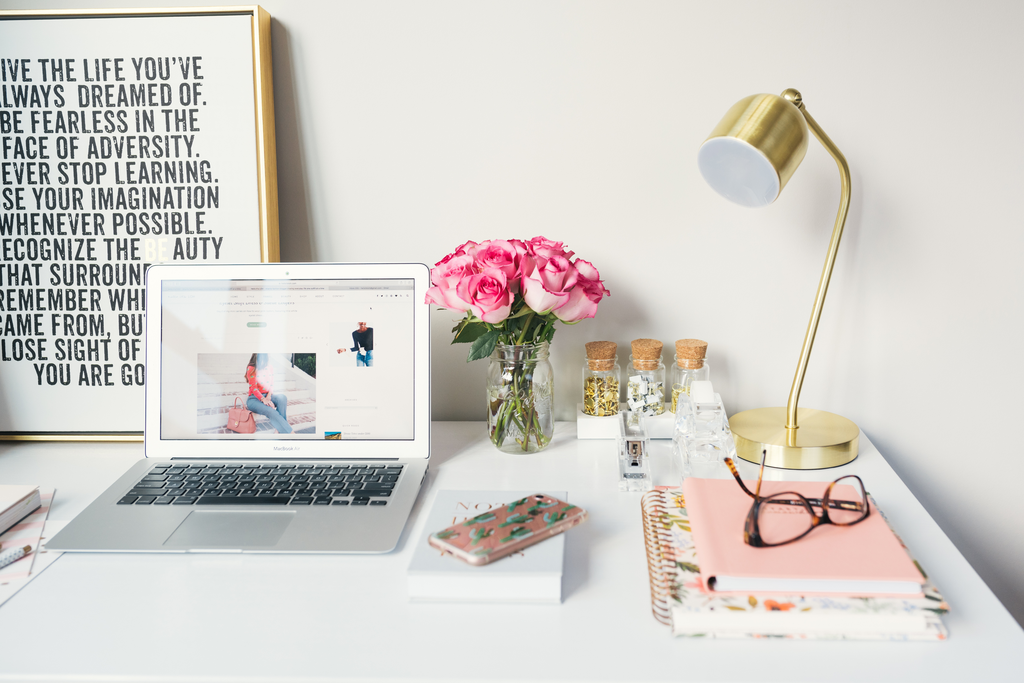
If you want a successful blog, you need to start paying as much attention to the images in it as the content. Yes, content is king, but people prefer to read content interspersed with interesting images than a solid wall of text.
Here are some tips to optimize images for your blog!
1. Use descriptive file names
Avoid generic image file names such as DSC10098.JPG. Instead, use a more descriptive name that fits the image and its purpose. Let’s suppose you’re promoting a music event called “The Desert Festival” and you have this picture of a band featured in the festival called “The Scorpion Prince”. A good filename for the image is The_Scorpion_Prince_at_The_Desert_Festival.jpg. Make the name as descriptive as possible.
The benefit of descriptive file names is two folds; it makes managing the files easier and it’s great for SEO. Image search is a big part of the total internet search and your blog will benefit from it when the image itself has a descriptive name.
2. Use descriptive alt tags
Just like with the file names, you should also use descriptive alt tags. Browsers show the content of the alt tags when a user hovers the mouse cursor over an image. The alt tags are also displayed in the image placeholder in case the image fails to load. However, you should never use the exact same text as the file name. From an SEO perspective, that’s just bad practice. Search engines may think of it as a sad attempt at keyword stuffing.
Continuing with the previous festival example, if you already use the filename The_Scorpion_Prince_at_The_Desert_Festival.jpg you may want to use “The Desert Festival Featuring The Scorpion Prince” as the alt tag.
3. Pay attention to the image size and file size
Many cameras these days can take pictures up to 4k or 3840 x 2160 pixels. However, for a webpage, you rarely need to display an image at its full glory. In fact, that is a terrible idea. Image size is proportional to file size. A 4k image file compressed in JPEG is about 8 megabytes in size or more depending on the compression ratio and how much detail is in it. Having an 8-megabytes image on your blog will slow the page loading time considerably. People expect a web page to fully load in less than five seconds when they’re on mobile, even less when they’re in front of their laptop or desktop.
Displaying a 4k image on your blog will also stretch the page way over the resolution of most people’s monitor and smartphone display. It will wreak havoc on your website appearance. Clearly, resizing your images is a logical thing to do.
So how big should the images be?
That depends on how much real estate your blog content has to offer. Themes for Content Management Systems like WordPress usually have their content areas at 640-ish pixels. It’s a comfortable width for texts since it improves readability so the images just how to follow.
4. Use the right file type
For websites and blogs, the three most common file types for images are JPEG, PNG, and GIF. Use GIF only for small stuff like icons and logos, use PNG for drawings and graphics, and stick to JPEG for the rest. When converting your images to JPEG please remember to go easy on the compression ratio. If you compress an image too much it will look pixelated and certainly not pleasing to see.
